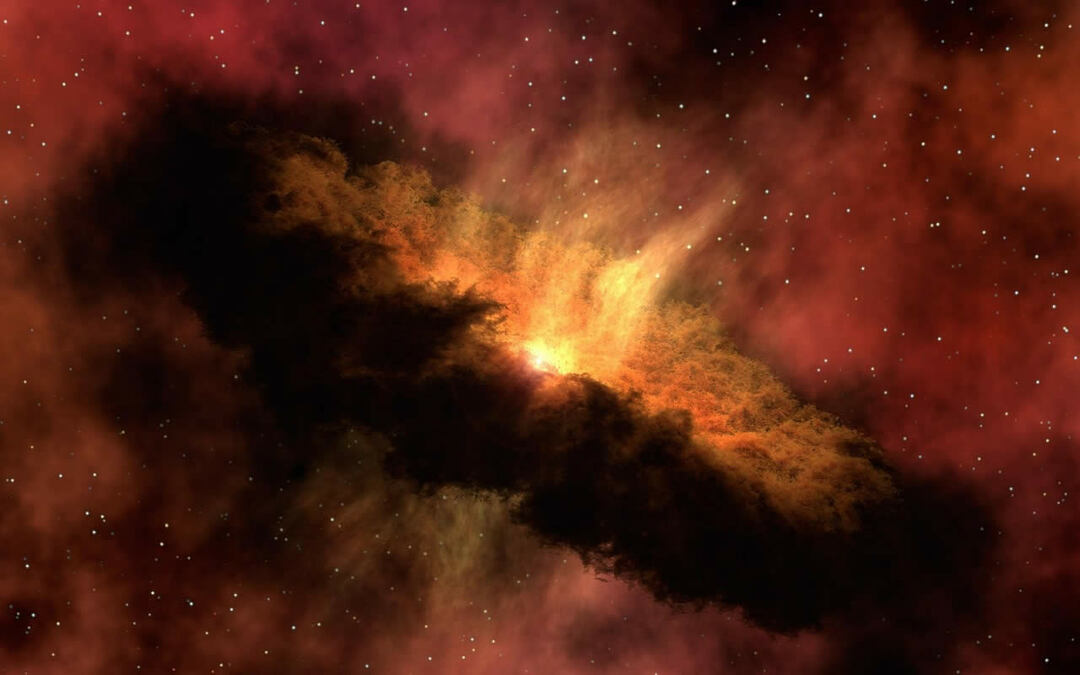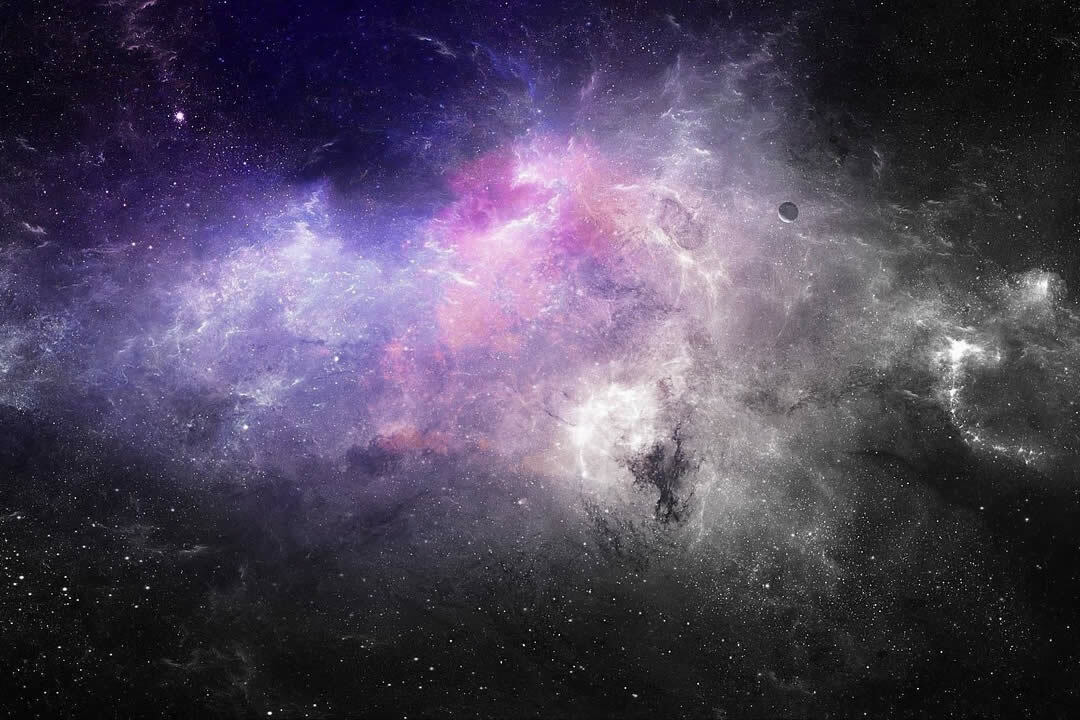What is String Theory and how is it defined?
Inhibition String Theory / / April 02, 2023

Industrial Engineer, MSc in Physics, and EdD
String Theory is a physical approach that tries to reconcile the theory of general relativity and the quantum mechanics into a single model that contains and describes all the fundamental forces of nature. In this theory, elementary particles are not point particles, as indicated by the standard model of physics, but rather represent "strings" or "filaments" of infinitesimal dimension that vibrate in the space time.

The name of the theory is based on the assumption that fundamental particles are one-dimensional objects that are resemble strings, which oscillate at different frequencies, which determines the mass and type of particle that represent.
This theory originated around the late 1960s and was developed by several physicists, including Gabriele Veneziano, Yoichiro Nambu, Leonard Susskind, John H. Schwarz and Michael Green, among others. However, the main publications began to be generated by Jöel Scherk and John Henry Schwarz around 1974. The aforementioned scientists were looking for a way to reconcile the theory of general relativity and quantum mechanics, and came to the idea that elementary particles were actually strings vibrating in space-time rather than particles punctual. Over the ensuing decades, string theory has been the subject of much controversy and debate in the scientific community.

The basis of string theory is the idea that all matter and fundamental forces in the universe are the result of the vibration of these strings.
Characteristics
Some of the characteristics and premises of string theory include:
• Elementary particles are actually one-dimensional strings that vibrate in space-time.
• The characteristics of these strings (such as their length and tension) determine the properties of the particles they generate.
• The different modes of oscillation of these strings could explain the existence of all known elementary particles, including bosons and fermions.
• It involves multiple extra-spatial dimensions, in addition to the four dimensions we experience in our everyday reality.
This theory, or called by some scientists, hypothesis, is based on mathematical models that are extremely complex and are derived from quantum mechanics, general relativity, differential geometry and the topology.
It is important to note that these concepts that are associated with the theory continue to be the subject of research and, therefore, it is possible that the mathematical models and equations used are modified as new discoveries are made and new ones are made research.

String theory does not provide a complete explanation of the origin of the universe, as it focuses more on the fundamental nature of reality and elementary particles. However, it is compatible to some extent with the Big Bang theory, in explaining phenomena such as cosmic inflation, which is a period of accelerated expansion that occurred in the early moments of the universe, and the formation of large-scale structures scale.
Challenges and criticism
String theory has been the subject of many critics and detractors over the years, and some of the arguments relate to the following aspects:
• Lack of empirical evidence: despite decades of research, string theory still does not have enough empirical evidence to confirm its veracity.
• mathematical complexity: This theory is extremely complex from a mathematical point of view, which makes it difficult for most people to understand.
• incommensurability: is incommensurable with standard physics, which means that experiments cannot be carried out to compare and establish relationships between the two theories.
• multiverses: its foundation implies the existence of multiple universes and it is difficult for some people to accept this idea.
• Difficulty making predictions: Due to its complexity, string theory is difficult to use to make accurate predictions about observable physical phenomena.
These are just some of the criticisms and drawbacks that have been leveled against string theory. Despite these challenges, research in this area continues, and many scientists believe that it could hold the key to unifying physics.
Fields of application
String theory is applied in fields such as high-energy physics, cosmology, and theoretical physics. It also has implications for particle physics, and quantum gravity. Furthermore, it has been used to study the physics of black holes and their entropy.
On the one hand, string theory can solve some of the most fundamental questions in physics, such as the reconciliation between the theory of general relativity and quantum mechanics. His philosophy supports the existence of multiple dimensions and parallel universes, which has become one of the most active areas of research in theoretical cosmology.
On the other hand, the hypothesis on which this model is based has also led to a large number of advances in physics more beyond cosmology, such as in the theory of condensed matter and quantum information, among others fields.

Cosmology is one of the areas where string theory has had a significant participation in recent decades.


